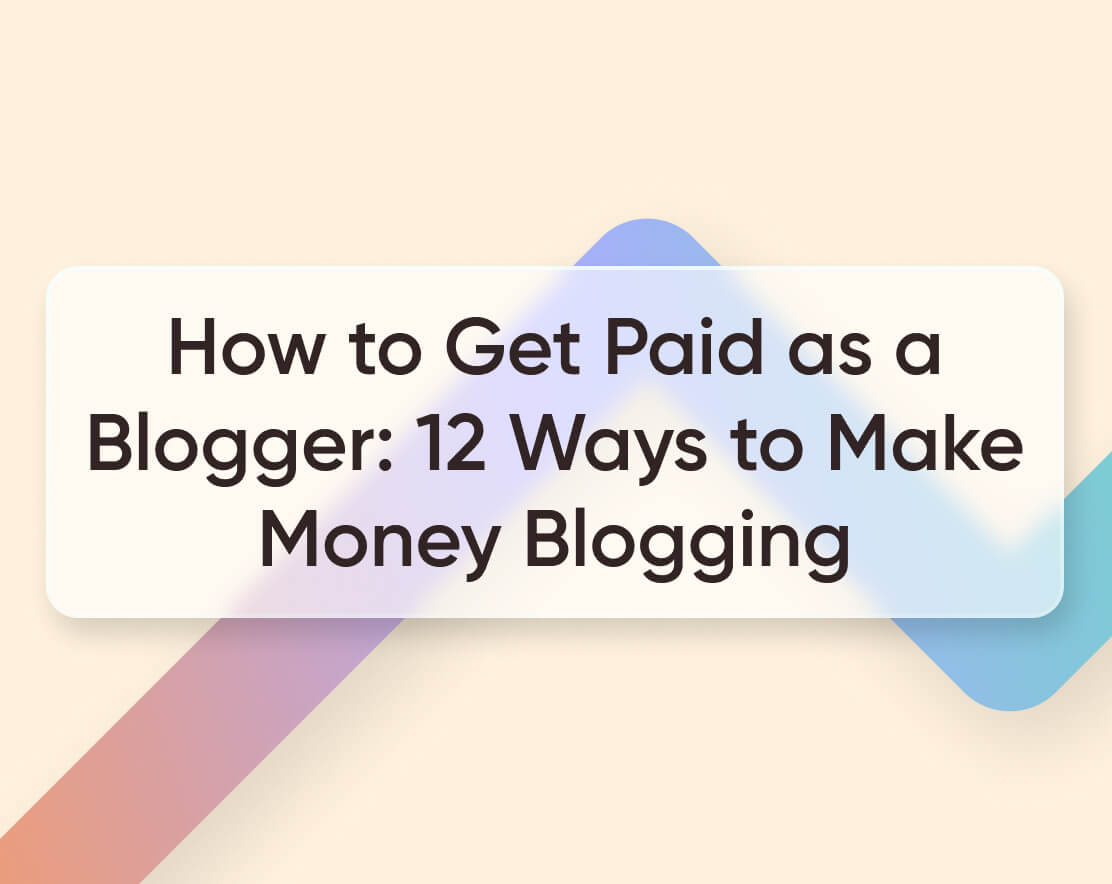Blogging is one of the best ways to share knowledge, build an audience, and earn passive income online. Whether you want to blog as a hobby or turn it into a full-time career, this guide will help you start from scratch and monetize your blog effectively.
Step 1: Choose a Profitable Niche
- Pick a niche that you are passionate about and has earning potential.
- Research trending topics using tools like Google Trends, Ahrefs, or Ubersuggest.
- Choose a niche with an audience that is willing to spend money (e.g., finance, health, technology, travel, food, or personal development).
Step 2: Select a Blogging Platform
- WordPress.org (Self-hosted) – Best for flexibility and monetization.
- Blogger – Free but limited in customization.
- Medium – Good for writing exposure but limited in monetization.
- Wix or Squarespace – Easy to use but comes with additional costs.
Step 3: Get a Domain Name and Hosting
- Choose a domain name that is easy to remember and relevant to your niche.
- Register your domain with providers like GoDaddy, Namecheap, or Google Domains.
- Purchase reliable hosting from Bluehost, SiteGround, or Hostinger.
- Install WordPress (if self-hosted) and set up basic settings.
Step 4: Design Your Blog
- Choose a clean, mobile-friendly theme (free or premium options like Astra, GeneratePress, or Kadence).
- Customize the layout, logo, and color scheme to align with your brand.
- Install essential plugins like Yoast SEO, Google Analytics, and WP Super Cache.
Step 5: Create Quality Content
- Plan your content strategy using keyword research (use tools like SEMrush, Ubersuggest, or Ahrefs).
- Write engaging, informative, and well-structured blog posts.
- Maintain consistency (at least 1-2 posts per week).
- Use attractive images and infographics for better readability.
Step 6: Optimize for SEO (Search Engine Optimization)
- Use targeted keywords in titles, headers, and meta descriptions.
- Optimize images with alt text for better search visibility.
- Improve page loading speed using caching plugins and optimized images.
- Build backlinks by guest posting on other blogs and networking with bloggers.
Step 7: Promote Your Blog
- Share blog posts on social media platforms (Facebook, Twitter, Instagram, LinkedIn, and Pinterest).
- Join online communities and forums related to your niche.
- Use email marketing to engage readers and build a loyal audience.
- Collaborate with other bloggers and influencers to increase reach.
Step 8: Monetization Strategies
1. Google AdSense
- Apply for Google AdSense once you have quality content and decent traffic.
- Place ads strategically to maximize revenue without harming user experience.
2. Affiliate Marketing
- Join affiliate programs like Amazon Associates, ShareASale, or CJ Affiliate.
- Promote relevant products and earn a commission on sales.
3. Sponsored Posts
- Partner with brands to write paid product reviews or promotional content.
- Charge based on your blog traffic and audience engagement.
4. Sell Digital Products
- Create and sell e-books, online courses, or printable guides.
- Use platforms like Gumroad, Teachable, or Podia for sales.
5. Offer Memberships or Subscriptions
- Provide exclusive content for premium subscribers.
- Use platforms like Patreon or WordPress membership plugins.
Step 9: Track Your Performance
- Use Google Analytics to monitor traffic and audience behavior.
- Track your earnings from different monetization methods.
- Make data-driven improvements to increase engagement and revenue.
Conclusion
Starting a blog and earning passive income requires patience, consistency, and the right strategies. Focus on creating valuable content, optimizing for search engines, and using multiple monetization methods to maximize earnings. With dedication and persistence, blogging can become a reliable source of passive income over time.


